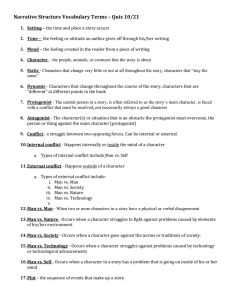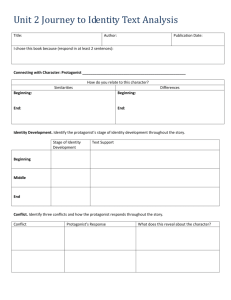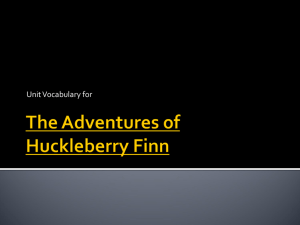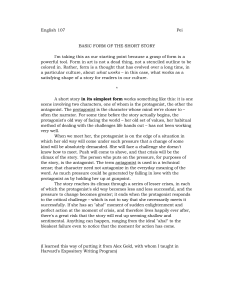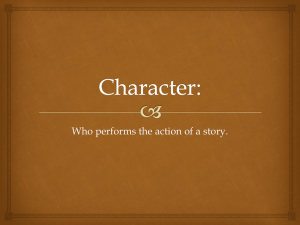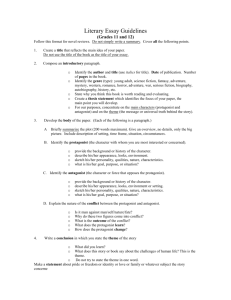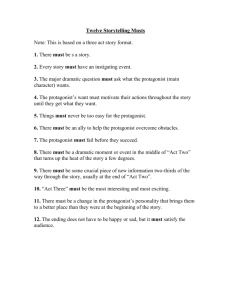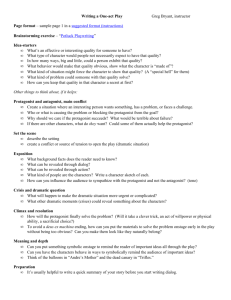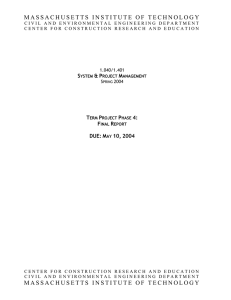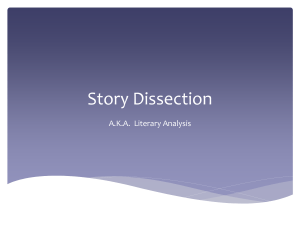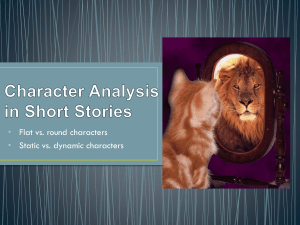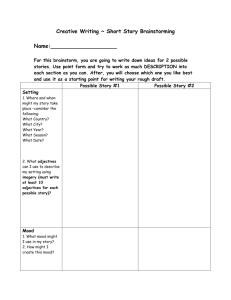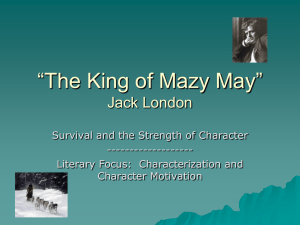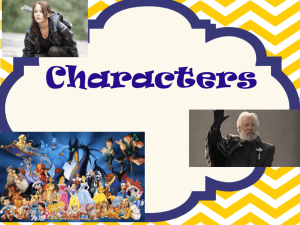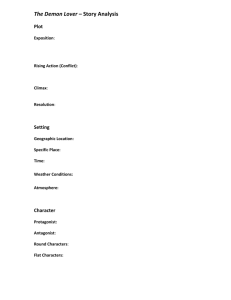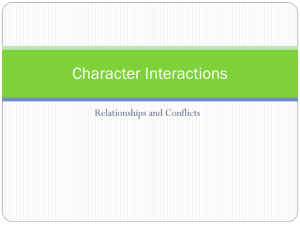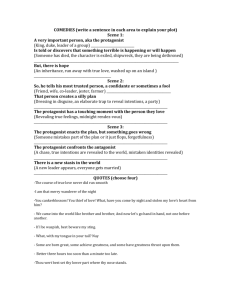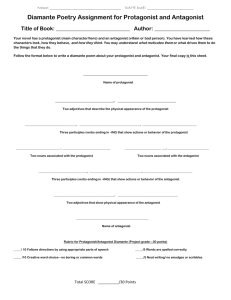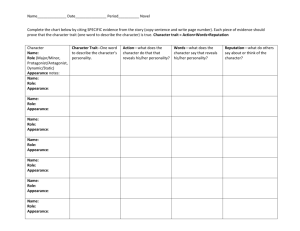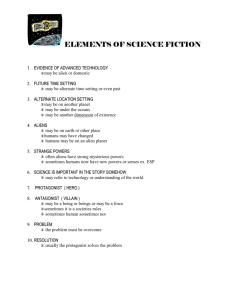Summer Reading Companion
advertisement
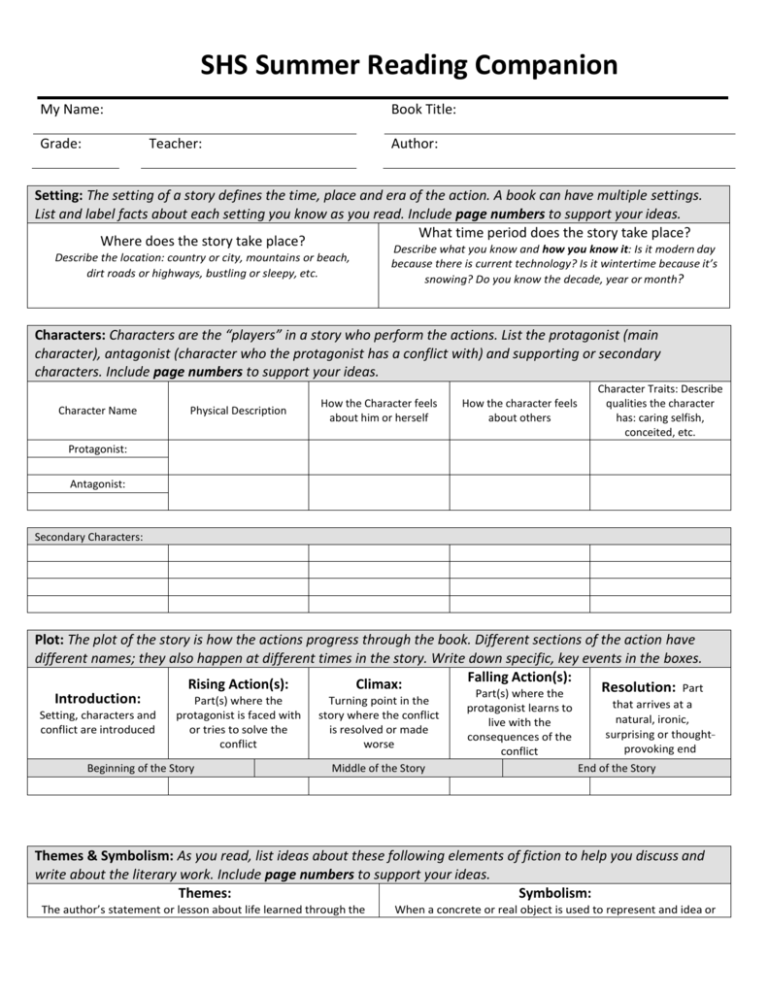
SHS Summer Reading Companion My Name: Grade: Book Title: Teacher: Author: Setting: The setting of a story defines the time, place and era of the action. A book can have multiple settings. List and label facts about each setting you know as you read. Include page numbers to support your ideas. What time period does the story take place? Where does the story take place? Describe what you know and how you know it: Is it modern day Describe the location: country or city, mountains or beach, dirt roads or highways, bustling or sleepy, etc. because there is current technology? Is it wintertime because it’s snowing? Do you know the decade, year or month? Characters: Characters are the “players” in a story who perform the actions. List the protagonist (main character), antagonist (character who the protagonist has a conflict with) and supporting or secondary characters. Include page numbers to support your ideas. Character Name Physical Description How the Character feels about him or herself How the character feels about others Character Traits: Describe qualities the character has: caring selfish, conceited, etc. Protagonist: Antagonist: Secondary Characters: Plot: The plot of the story is how the actions progress through the book. Different sections of the action have different names; they also happen at different times in the story. Write down specific, key events in the boxes. Falling Action(s): Rising Action(s): Climax: Resolution: Part Part(s) where the Introduction: Part(s) where the Turning point in the that arrives at a Setting, characters and conflict are introduced protagonist is faced with or tries to solve the conflict Beginning of the Story story where the conflict is resolved or made worse Middle of the Story protagonist learns to live with the consequences of the conflict natural, ironic, surprising or thought-­­ provoking end End of the Story Themes & Symbolism: As you read, list ideas about these following elements of fiction to help you discuss and write about the literary work. Include page numbers to support your ideas. Themes: Symbolism: The author’s statement or lesson about life learned through the When a concrete or real object is used to represent and idea or characters. For example, the theme of The Ugly Duckling might be “don’t judge someone by their appearance alone.” Character(s) that represent the Theme lesson concept. For example, a bird, because it can fly, has often been used as a symbol for freedom. Symbol Significance Conflicts: As you read, identify problems or struggles between two opposing forces in the story. Keep in mind, the four main conflicts are: Man vs. Man Man vs. Self - problem between two characters -problem between characters and some Man vs. Nature Man vs. Society other element of nature (blizzard, fire, etc.) Description of the Conflict Type of Conflict Man vs. Man Man vs. Self Man vs. Nature Man vs. Society Man vs. Man Man vs. Self Man vs. Nature Man vs. Society Man vs. Man Man vs. Self Man vs. Nature Man vs. Society -problem within a character’s own mind Problem between a character and the law, regulation, tradition or other societal norm Why did you choose this conflict type?
